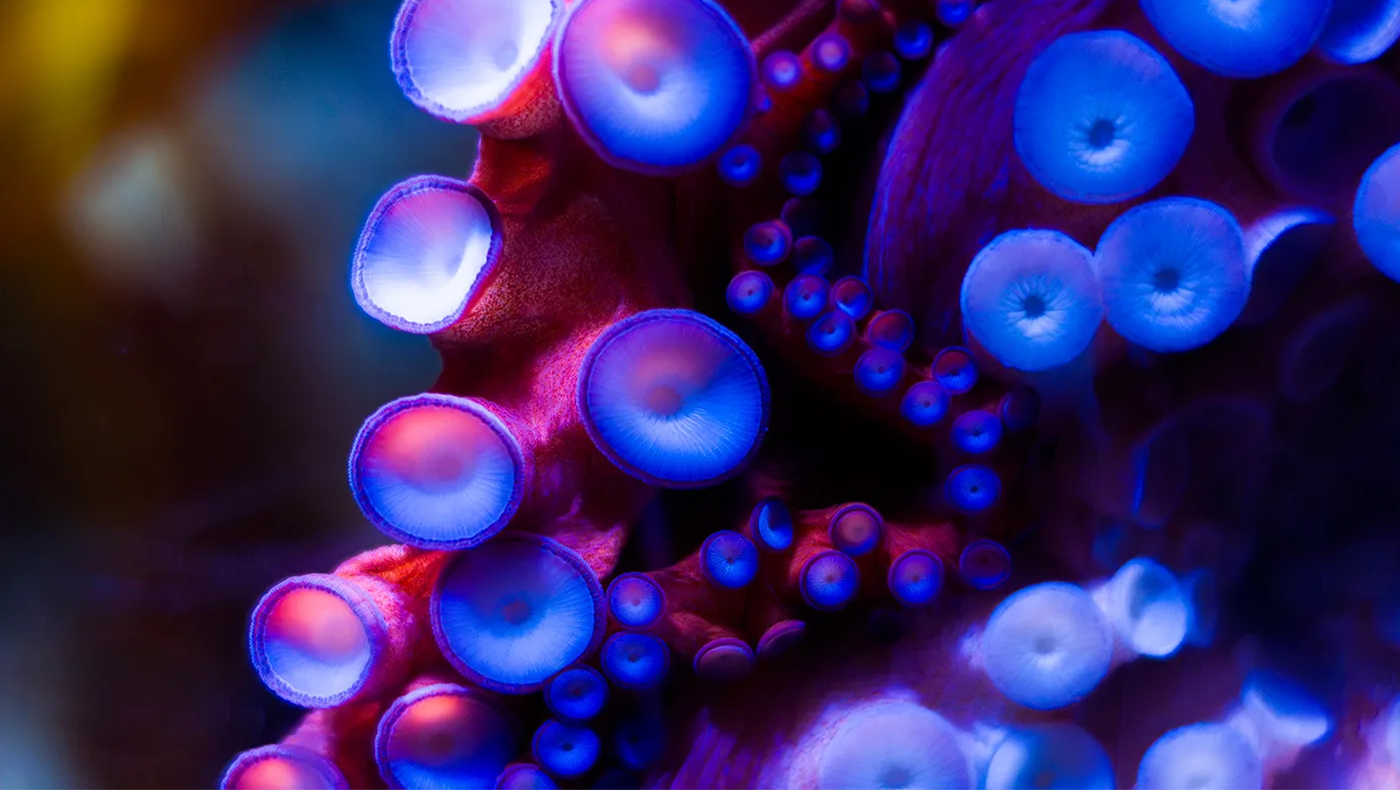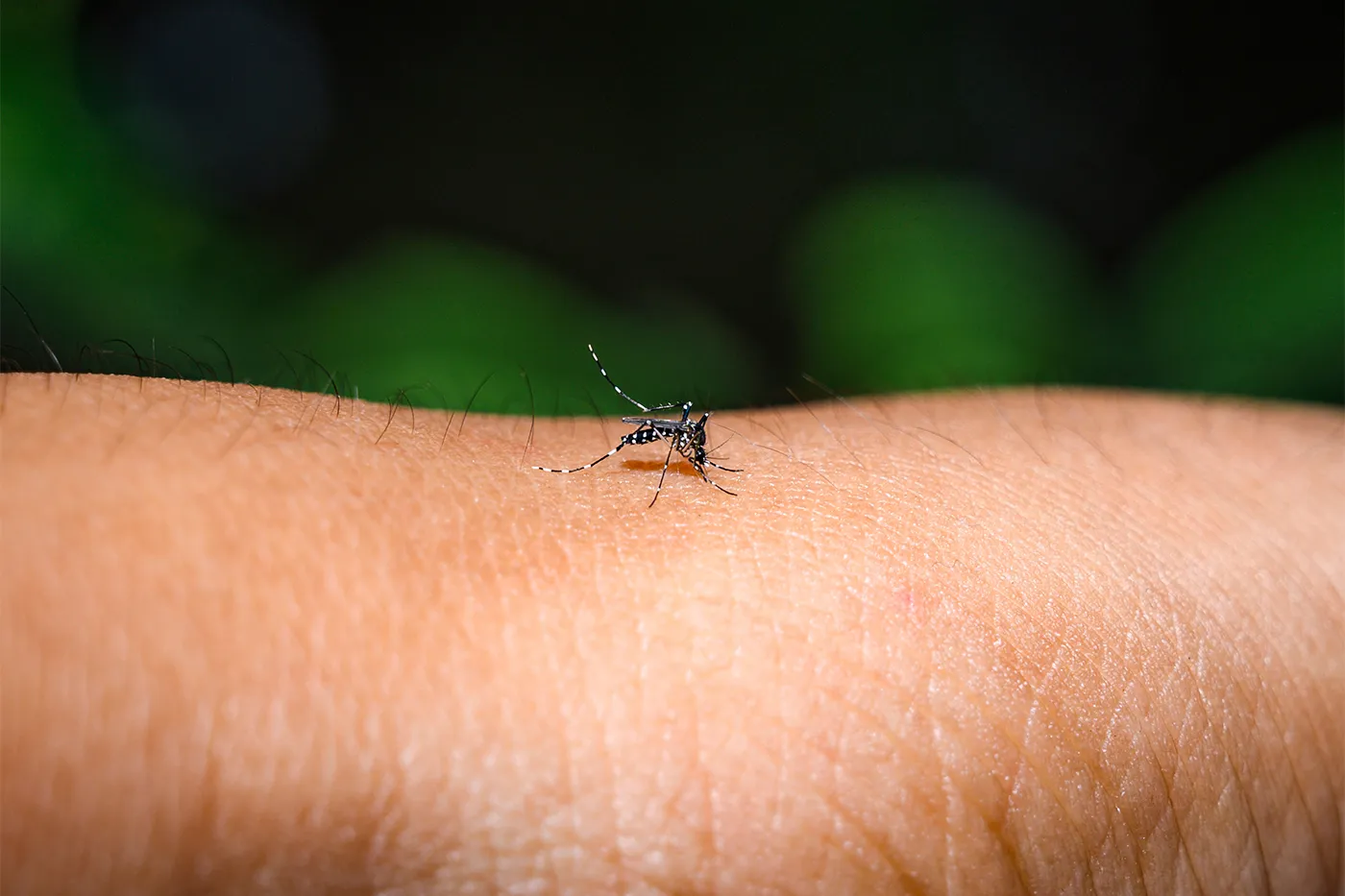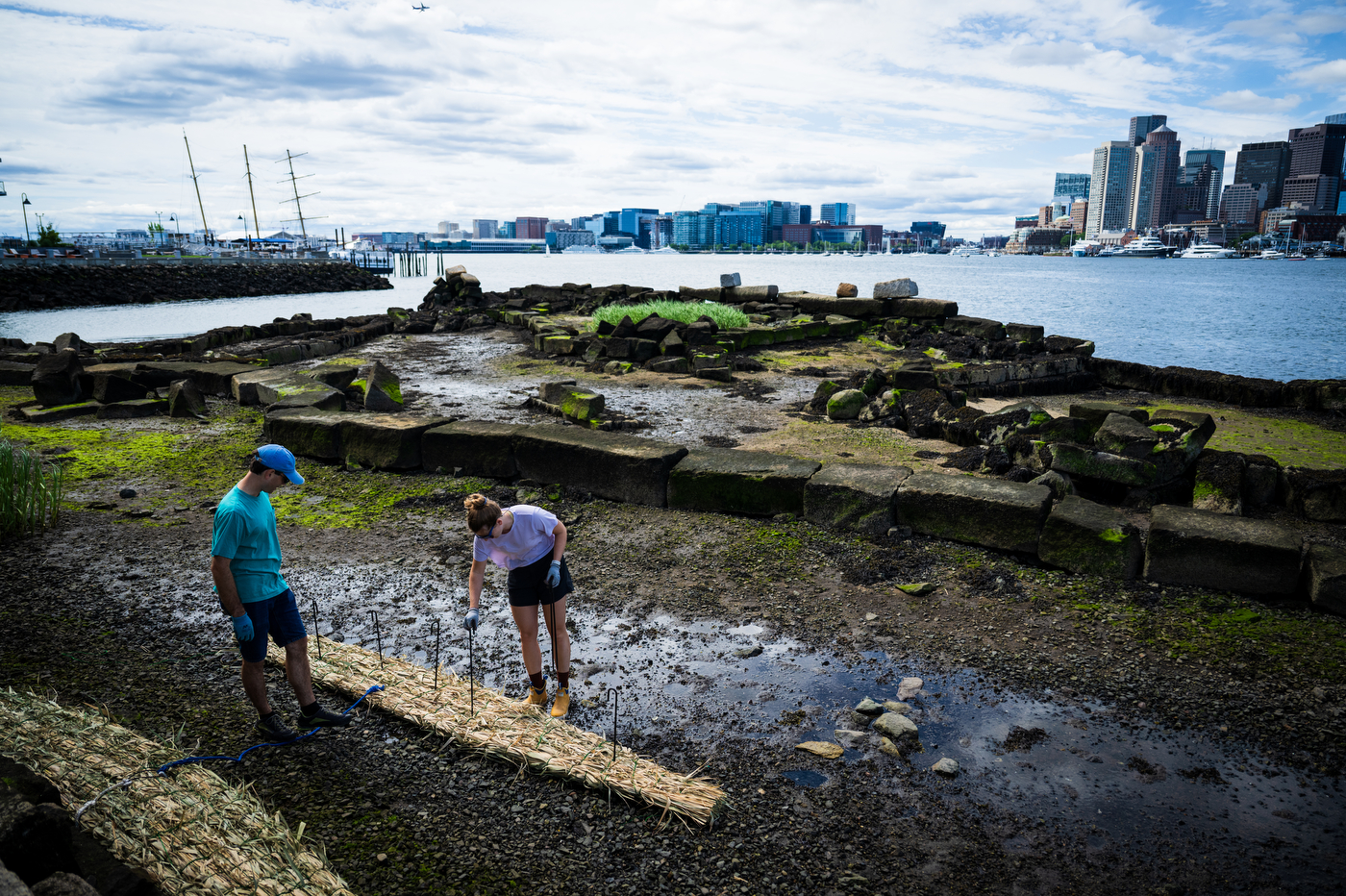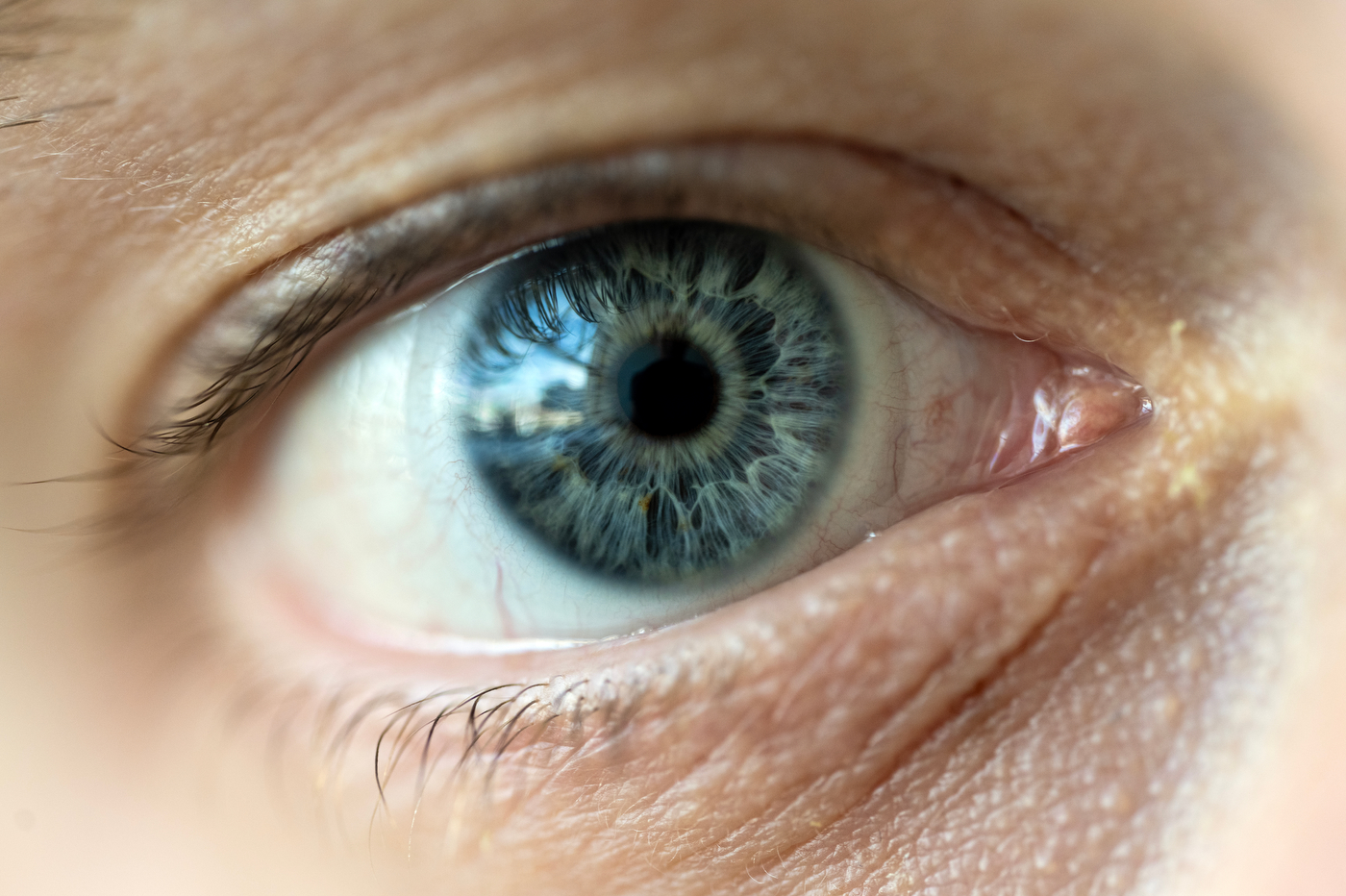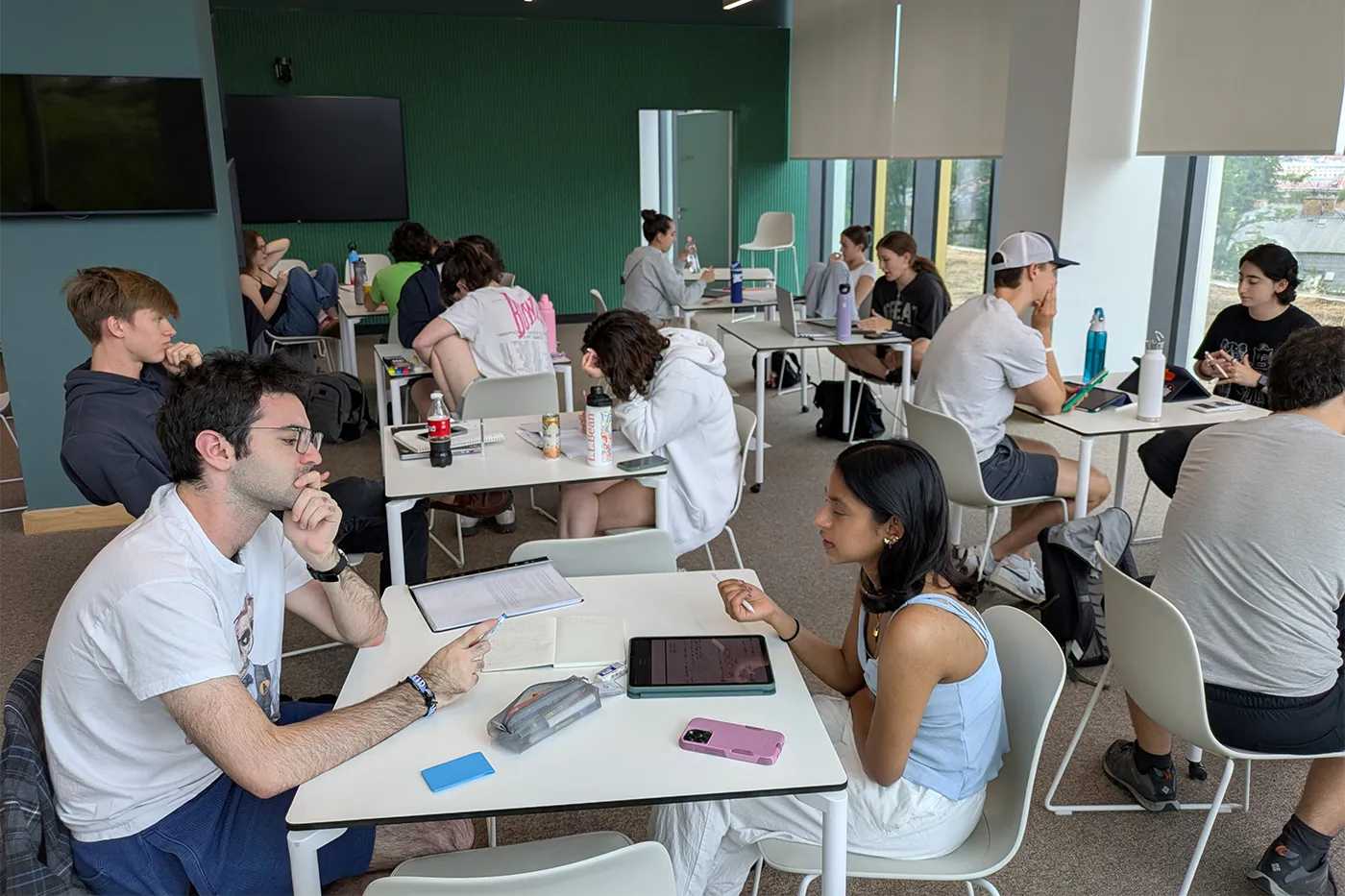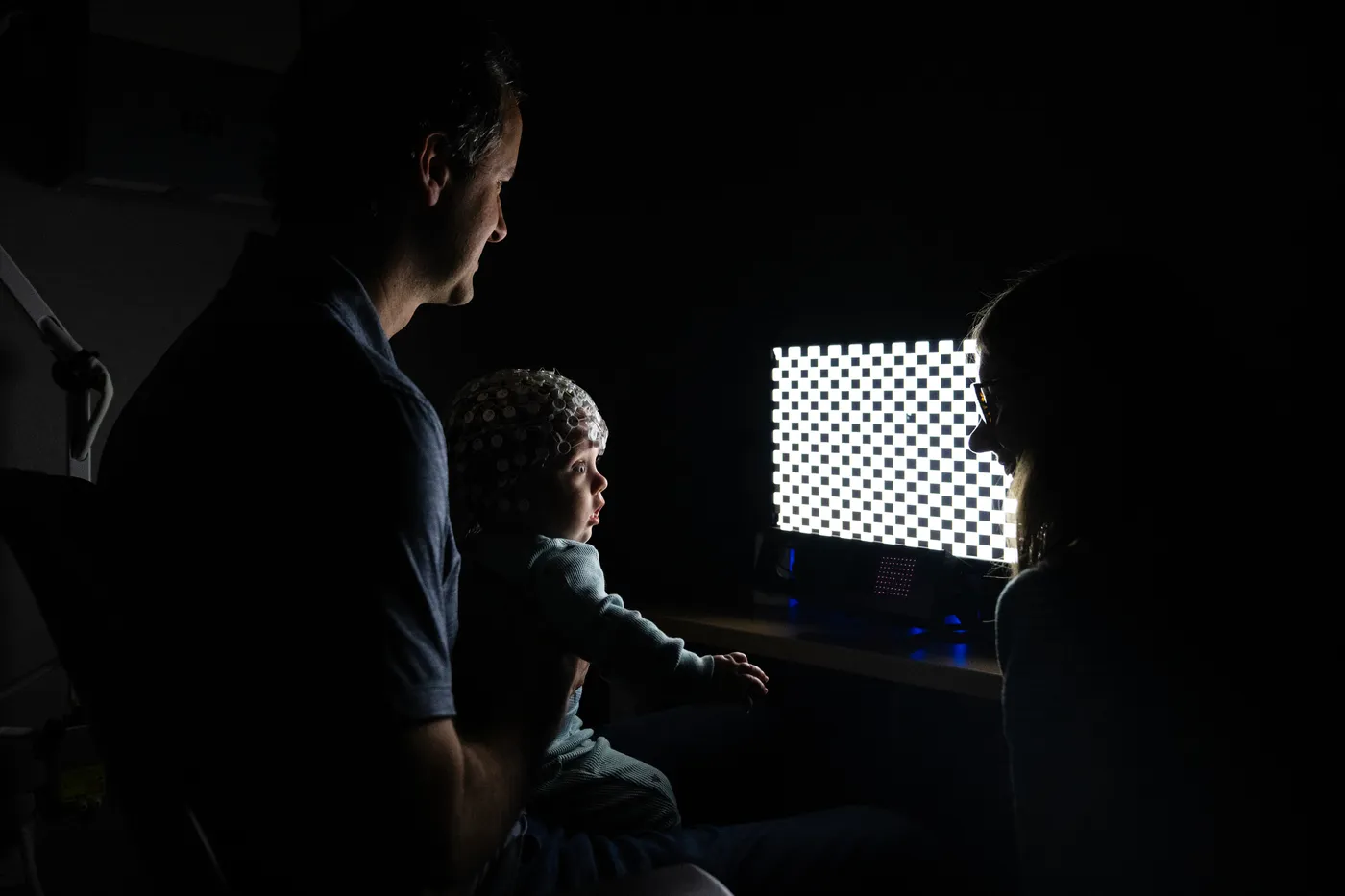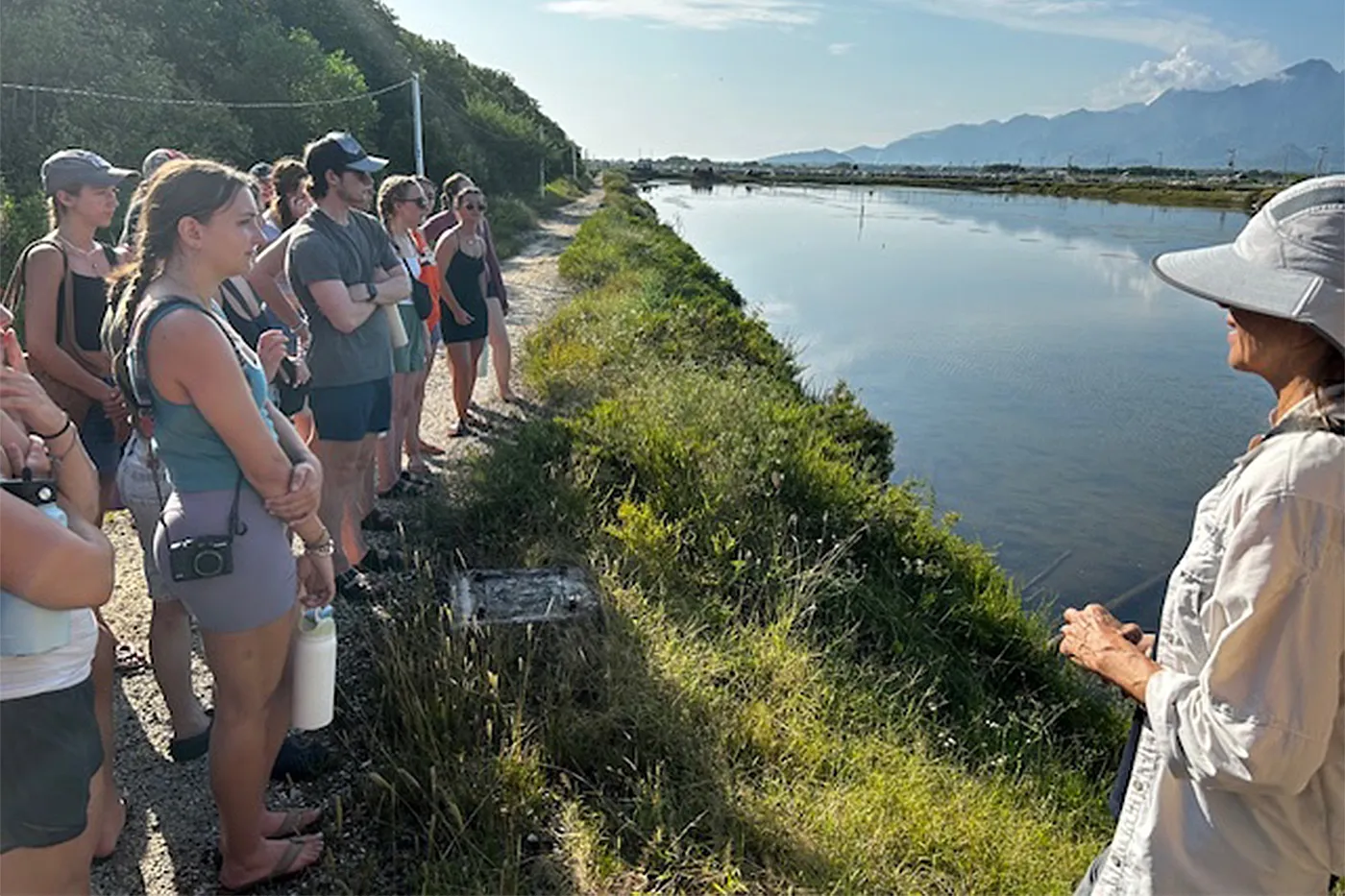Northeastern University student Aidan Sasser has learned that when 15 research subjects look identical, it’s their personalities that distinguish them — even when they’re octopuses.
Sasser, a fourth year student, recently completed a co-op at the Marine Biological Laboratory in Woods Hole, Massachusetts, where he conducted research on how octopuses manipulate objects with the suckers on their arms.
Sasser did this by training California two-spot octopuses — which can curl up into a coffee mug or spread out to the size of a dinner plate — to reach into a series of boxes to interact with agarose discs embedded with prey extract.
The procedure is filmed so that researchers can then analyze patterns of how the octopuses recruit other suckers to help manipulate the “prey” with their suckers. These sucker recruitment sequences enable researchers to determine the path of the neurological signals traveling from sucker to sucker on the octopuses’ arms.
“Nobody knew how these suckers are communicating with one another and what neural pathways were involved — how independent of the central brain are these arm suckers?” Sasser says.
Read more from Northeastern Global News.
Photo courtesy of Getty Images.
